Introduction: Captivating the Reader
Begonias are enchanting plants that have captivated gardeners for centuries. With their vibrant blooms and lush foliage, these plants are a favorite both in gardens and as houseplants. Did you know that some varieties of begonias can thrive for over 100 years when cared for properly? This makes them not only a stunning addition to your home but also a wonderful legacy to pass down through generations.
Begonias come in a breathtaking array of shapes, sizes, and colors, known for their ability to brighten up any room or garden space. As a popular choice among plant enthusiasts, understanding the nuances of begonia care is essential for growing these charming plants in all their glory. In this guide, we'll delve into everything you need to know about begonias, from the different types to continued plant care, ensuring that your begonias remain healthy and vibrant.
Types of Begonias

Tuberous Begonias: Characteristics and Common Varieties
Tuberous begonias are known for their strikingly large blooms, which are reminiscent of roses and camellias. These begonias are characterized by their tuberous roots, from which they derive their name. Tuberous begonias typically bloom in summer and are available in a variety of vibrant colors, including red, orange, yellow, and pink. They are ideal for hanging baskets and containers.
Common varieties of tuberous begonias include the ‘Nonstop’ series, known for their continuous flowering and vibrant blooms. These begonias thrive in well-drained soil and partial shade, making them perfect for bright, indirect indoor settings or as a stunning addition to a shaded garden corner.
Rhizomatous Begonias: Unique Features and Examples
Rhizomatous begonias are distinctive for their thick, horizontal stems that creep along the surface of the soil. These begonias are mainly grown for their decorative foliage, which can range from intricate patterns to a spectrum of colors. Popular examples include the Begonia Rex and the Beefsteak Begonia, both of which are known for their stunning leaf patterns.
These begonias prefer moderate humidity and well-draining soil, making them ideal for indoor settings. Their unique leaf shapes and vibrant patterns add a touch of exotic allure to any plant collection.
Fibrous Begonias: Adaptability and Varieties
Fibrous begonias, sometimes referred to as wax begonias, are incredibly versatile plants that boast small, waxy leaves and an array of colorful blooms. They are often used in landscaping and as bedding plants due to their robust nature and adaptability to various environments.
Popular varieties include the ‘Cocktail’ series and ‘Dragon Wing’ begonias, both of which are appreciated for their durable foliage and bright flowers. These begonias thrive in both sunny and shady spots and are less finicky than their tuberous and rhizomatous counterparts, making them ideal for beginners.

Planting Begonias: A Step-by-Step Guide
Choosing the Right Location
Location is crucial when planting begonias, as the right spot can enhance their growth and prolong their blooming period. Begonias generally prefer spots with bright, indirect sunlight. Too much direct sunlight can scorch their leaves, whereas too little light can hinder their bloom production.
Outdoor Planting Tips
When planting begonias outdoors, consider placing them in a partially shaded area that receives filtered sunlight throughout the day. Gardens with taller plants or trees that provide light shade are ideal settings for begonias to thrive.
Indoor Planting Tips
If you plan to keep begonias indoors, placing them near north-facing windows or providing them with sheer curtains to filter direct sunlight can help maintain their health and vibrancy. Keeping them away from extremes of temperature, such as heaters or air conditioners, is also important.
Soil and Potting Requirements
Begonias thrive in well-draining soil that retains enough moisture to keep their roots hydrated but not waterlogged. When planting begonias, using a potting mix specifically designed for houseplants with added perlite or vermiculite can aid in drainage and aeration.
For outdoor planting, enriching garden soil with organic matter such as compost can enhance soil quality, providing begonias with the nutrients they need to flourish.
Watering Techniques
Watering begonias properly is crucial to their health and longevity. While they need consistent moisture, overwatering can lead to root rot and other diseases.

When and How Much to Water
Begonias prefer their soil to be slightly moist but not soggy. A good rule of thumb is to water them when the top inch of soil feels dry to the touch. It’s best to water in the morning to allow the foliage to dry throughout the day.
Seasonal Considerations
During the warmer months, begonias may require more frequent watering due to higher evaporation rates. In contrast, during fall and winter, their water requirements decrease, and the soil should be allowed to dry out more between waterings.
Fertilizing and Maintenance Practices
Optimal Fertilization Techniques
Fertilizing begonias helps to maintain their vibrant blooms and lush foliage. Using a balanced, water-soluble fertilizer every two weeks during the growing season ensures your begonias receive the necessary nutrients for optimal growth.
It’s important to avoid over-fertilization, which can lead to leafy growth at the expense of blooms. Adjusting the frequency and amount based on your begonia’s specific needs can yield the best results.
Pest and Disease Management
Begonias, like most plants, can be susceptible to pests and diseases, but early identification and treatment can prevent significant damage.
Common Pests
Common pests that affect begonias include spider mites, aphids, and mealybugs. Regularly inspecting the leaves and stems can help in early detection. Treating infestations with insecticidal soap or neem oil can eliminate these pests effectively.
Disease Prevention and Management
Fungal infections such as powdery mildew are common and often result from overwatering or poor air circulation. Ensuring proper ventilation and avoiding waterlogging can prevent these issues. In case of infection, removing affected leaves and applying a fungicide can control the spread.

Seasonal Care for Begonias
Winter Care
During the colder months, begonias require a little extra care to thrive. Reducing watering and moving them to a warmer spot can prevent the roots from freezing. Ensuring adequate humidity can counterbalance dry indoor heating.
Spring and Summer Care
As begonias enter their growth phase in spring and summer, increasing their exposure to sunlight and adjusting their watering and fertilization can promote healthy growth and abundant flowering.
Encouraging Blooms
Pruning spent flowers and periodic deadheading can encourage continuous blooming throughout these seasons. Regular feeding with a balanced fertilizer can also support robust growth and vibrant blooms.
Propagating Begonias
Methods of Propagation
Propagating begonias is a rewarding experience, allowing you to expand your collection effortlessly.
Leaf Cuttings
One of the simplest methods of propagating begonias is through leaf cuttings. By cutting healthy leaves and placing them in a moist growing medium, you can stimulate root growth, eventually resulting in a new plant.

Stem Cuttings
Stem cuttings are another effective propagation method. By taking cuttings from healthy stems and planting them in a suitable medium, you can promote new growth and establish a new plant in a short span.
Dividing Tubers and Rhizomes
For tuberous and rhizomatous begonias, dividing the tubers or rhizomes is an excellent way to propagate new plants. Ensure each division has at least one node or bud, as this is where new growth will initiate.
Conclusion: The Joy of Begonia Care
Taking care of begonias is a fulfilling endeavor that rewards you with beautiful blooms and vibrant foliage throughout the year. With the right care and dedication, these charming plants can enhance your living space and garden with their captivating colors and textures.
At Plantology, our passion is to provide you with the best plants and guidance for all your gardening needs. Whether you are a beginner or a seasoned gardener, our extensive collection, including everything from Agave Blue to Alexander Palm, can complement your begonias perfectly. Ready to expand your plant collection? Visit our curated selection at Plantology and discover the myriad of plants waiting to beautify your home and garden.
Understanding and meeting the unique needs of your begonias allows you to fully enjoy the natural beauty they provide. Happy gardening!
Beyond the Basics: Advanced Begonia Care
Once you have mastered the fundamental aspects of begonia care, you may find yourself eager to explore more advanced techniques to ensure your plants truly thrive. In this section, we'll delve into expert-level strategies that can help you maximize the potential of your begonias, allowing them to flourish in more challenging environments or exhibit even more vibrant blooms and foliage.

Temperature and Humidity Optimization
While begonias are relatively forgiving plants, optimizing their environment can significantly enhance their growth. Begonias typically prefer temperatures between 65-75°F (18-24°C). To create this ideal temperature range in your home or garden, consider the following tips:
Indoor Temperature Control
- Avoid placing begonias near drafty windows or doors during the colder months, as sudden temperature drops can stress the plants.
- Use a thermostat to maintain a consistent indoor temperature, especially if your climate is subject to fluctuations.
- Consider using grow lights during winter or in low-light environments to provide additional warmth.
Increasing Humidity
- If you live in a dry climate, use a humidifier or place a tray of water near your begonias to increase humidity levels.
- Grouping plants together can naturally boost humidity levels and create a mini microclimate.
- Regular misting can help maintain adequate humidity, but be sure to mist in the morning to allow leaves to dry, preventing fungal issues.
Pruning and Training Techniques
Pruning is a vital practice that promotes healthy growth and maintains the desired shape of your begonias. Additionally, training your plants can encourage fuller growth and even prolong blooming periods.

Pruning for Health and Shape
- Remove dead or yellowed leaves promptly to prevent disease spread and improve air circulation.
- Trim back leggy or weak stems to encourage bushier growth and denser foliage.
- Regularly deadhead spent blooms to direct the plant’s energy towards new growth.
Training for Better Display
- Use plant supports, such as stakes or trellises, to train vining or sprawling varieties, ensuring they receive adequate light and airflow.
- Pinch back growing tips to promote lateral branching and a fuller display.
- Rotate potted begonias regularly to promote even growth and prevent leaning.
Creating Begonia Displays
Begonias can be strategically placed to create engaging visual displays both indoors and outdoors. Their diverse forms and colors make them ideal candidates for a variety of ornamental arrangements:
Indoor Settings
- Create an eye-catching centerpiece by placing a begonia with striking foliage or blooms in a decorative pot. Match the pot's color and style to the room's decor for a cohesive look.
- Use hanging baskets to showcase trailing begonia varieties. Their cascading growth habits create dramatic effects when suspended from overhead hooks or fixtures.
- Mix and match begonias with other foliage plants like ferns, calatheas, or philodendrons to create a lush, tropical indoor garden.
Outdoor Landscapes
- Design a vibrant garden border using different begonia types (like fibrous and tuberous varieties) to create layers of color and texture.
- Interplant begonias with complementary flowering plants such as impatiens or fuchsias, which share similar light and moisture requirements.
- Create a focal point by planting begonias in pots of varying heights on patios or balconies. Experiment with complementary pot materials and colors to enhance your display.
Exploring Begonias: A Global Perspective
Begonias are native to moist subtropical and tropical regions of Central and South America, Africa, and Southern Asia. Their widespread native habitat is a testament to their versatility and adaptability. Here are some insights into begonia cultivation from around the world:
Begonias in Asia
In countries like China and Indonesia, begonias are often grown in shaded tropical gardens. The lush environments of these regions provide perfect conditions for begonia growth, with high humidity and temperatures that averaging 70-85°F (21-29°C).
American Begonia Heritage
In South America, particularly in Brazil and Colombia, wild begonias abound in forested regions. Conservation efforts strive to protect native species that contribute to regional biodiversity. Cultivated varieties in these areas often reflect the wild characteristics of their native ancestors.
Begonias in Europe
In temperate European climates, begonias are frequently grown as annuals or brought indoors during colder months. In places like the UK and Germany, begonia exhibitions showcase the best in hybridization, with competitive displays highlighting the diversity of blooms and foliage.

Celebrating Begonias: Events and Societies
The passion for begonias extends beyond personal gardening endeavors, reaching into realms of competitive displays and community engagement. Enthusiasts gather to share their love for begonias, learning from one another within society meetings and at national shows:
Begonia Shows
Annual begonia shows often feature judging competitions, where exhibitors showcase their prized specimens in categories such as best foliage, best bloom, and best arrangement. These events provide excellent opportunities for enthusiasts to exchange knowledge, troubleshoot cultivation challenges, and gain inspiration.
Begonia Societies
Membership in begonia societies connects gardeners with like-minded individuals and experts in the field. These societies often organize workshops, guest lectures, plant swaps, and garden tours to enhance members' knowledge and experience:
- American Begonia Society (ABS): One of the largest international begonia communities, the ABS focuses on education, conservation, and rewards for cultivating exceptional specimens.
- British and European Begonia Societies: These organizations offer regional insights and species-specific advice, fostering a community of amateur gardeners and professional horticulturists.
Conclusion: Embracing the Begonia Community

By connecting with others who share your passion for begonias, you can deepen your appreciation and understanding of these captivating plants. Not only will your gardening skills improve, but you'll also find new friends and potential collaborators as you explore the diverse world of begonias together.
From learning advanced care techniques to cultivating stunning displays, begonias offer endless opportunities for discovery and enjoyment. Whether you're growing them in a cozy apartment window or across sprawling garden beds, there is always something new to discover about these versatile and vibrant plants.
With a wealth of resources and communities available to support your journey, you're well-equipped to cultivate a thriving, beautiful collection of begonias that will captivate and inspire for years to come. Happy gardening, and may your begonias blossom brilliantly!

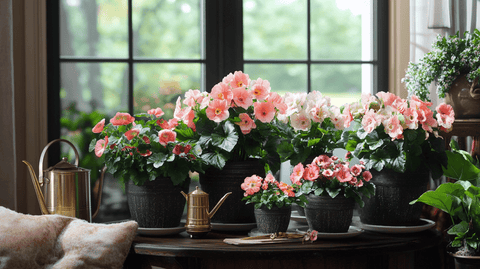


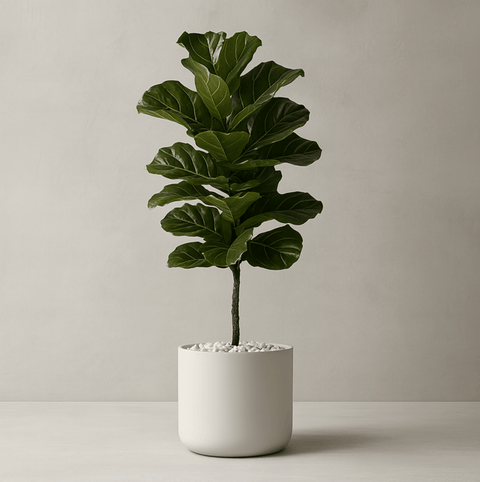
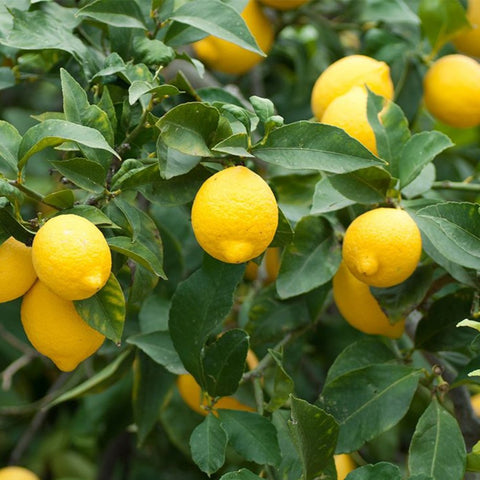
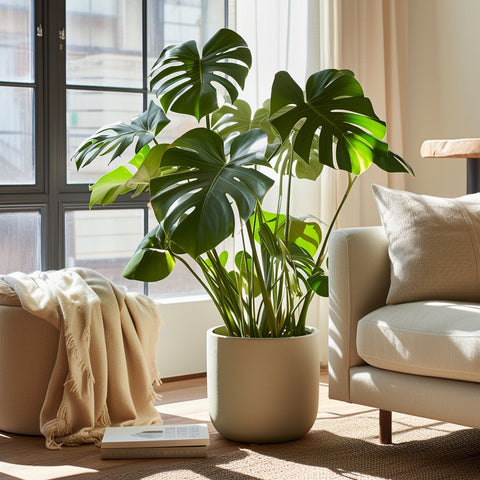
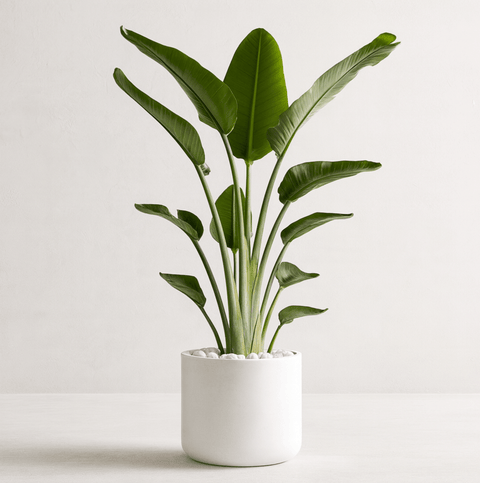

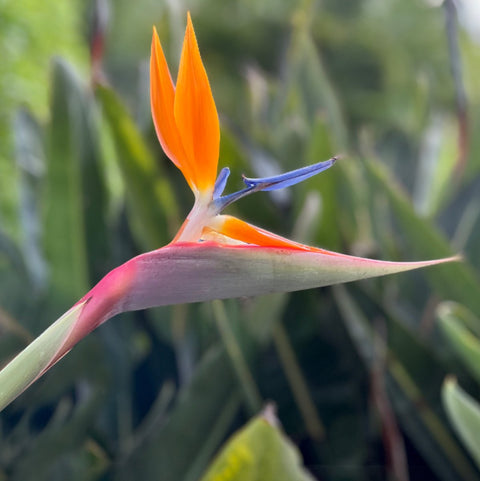
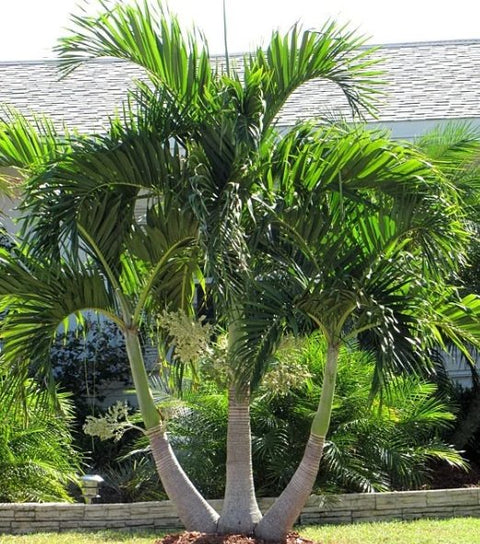
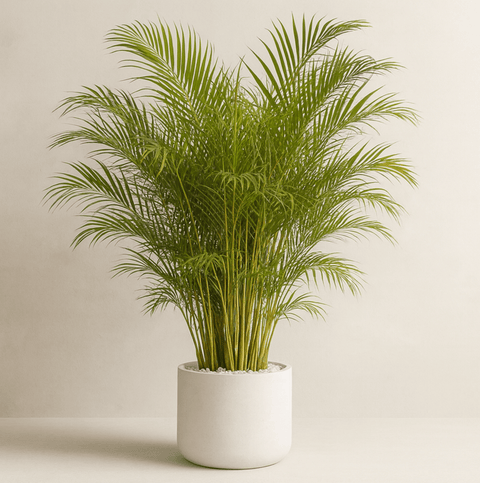
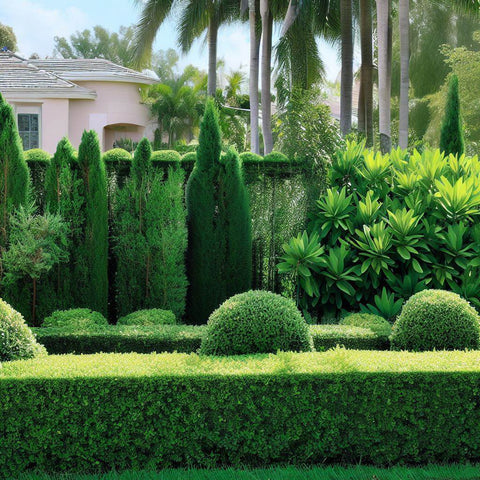

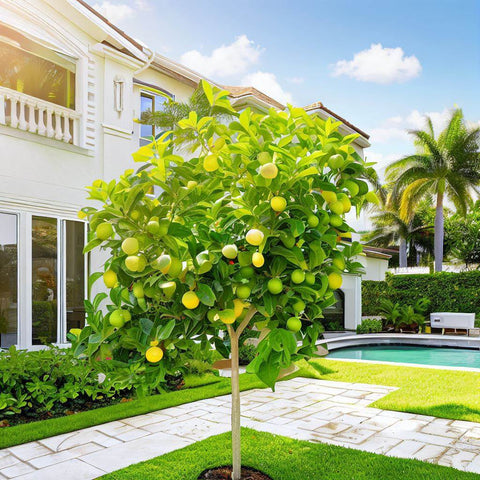


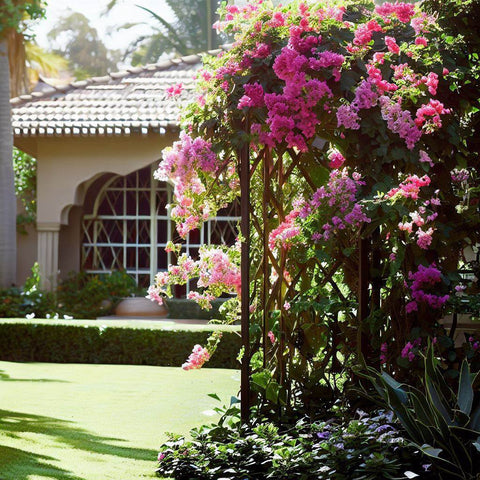
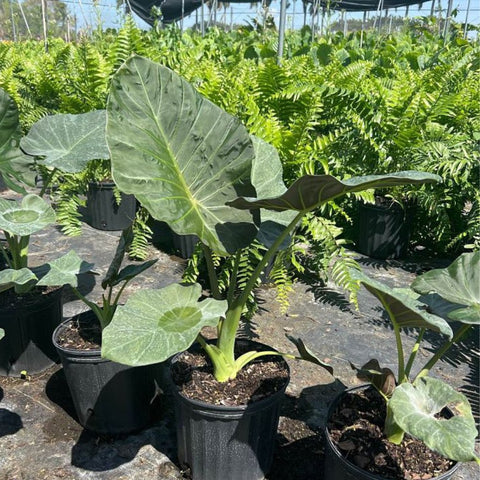
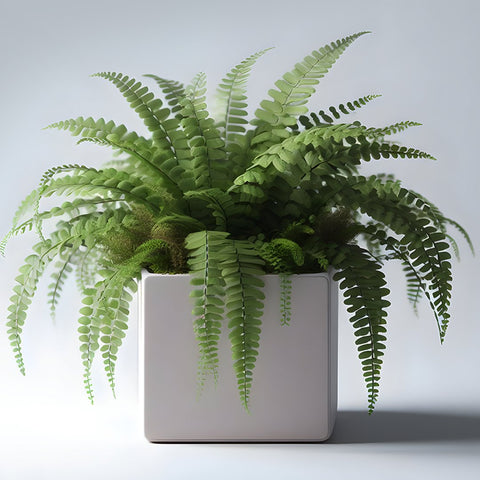
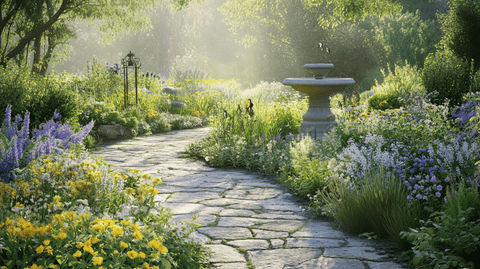


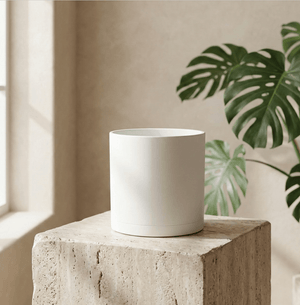
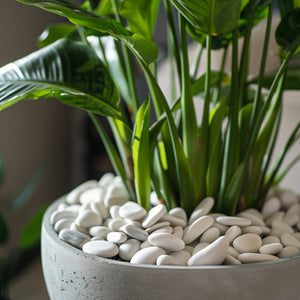

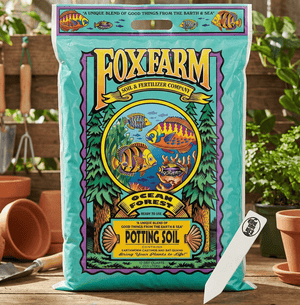
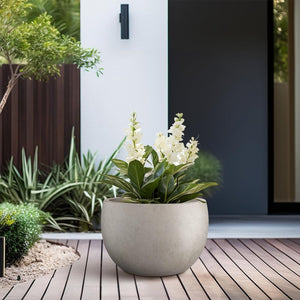



Comments (0)
There are no comments for this article. Be the first one to leave a message!